Airborne & Structure-Borne Ultrasound as a Key Component to Predictive Maintenance
.png/fit-in/700x9999/filters:no_upscale())
The first ultrasound instruments in use were simple analog instruments that were used for “search and locateâ€' applications such as leak detection, but things have changed. Ultrasound is now considered the perfect complimentary tool for other predictive maintenance technologies such as vibration analysis and infrared thermography and there is also an increase in the number of individuals who are using it as a first line of defense to predict faults and failures in rotating equipment and to perform electrical inspections.
Simply put, these instruments are listening devices. They change or heterodyne the high frequency sound wave into an audible sound that is heard by the user through a headset plugged into the instrument. Since ultrasonic waves are high frequency and low energy, sources of ultrasound can easily be located amidst all of the ambient noise in a typical industrial facility.
The advancements that have been made in ultrasound instrumentation have been ground-breaking. The Ultraprobe 15000 from UE Systems is a good measure for just how far the instruments have come. It has a color, touch screen display, onboard spectral analysis, onboard sound recording, built in digital camera and spot radiometer for taking temperature. The available data management software is used for creating predetermined locations to download readings for trending. Detailed reports can be generated through the software such as a compressed air/gas spreadsheet that will show potential cost savings from an air or gas leak survey. Spectral analysis software is also available, allowing the inspector to playback sound files that have been recorded directly onboard.
Applications
There are two main application groups for ultrasound. Airborne ultrasound applications include compressed air & gas leak detection, steam leaks to atmosphere, and vacuum leaks. It has also been used for specialty applications such as wind noise and water leak detection in the automotive and aircraft industry, and for quality checks in vessels such as fuel tanks, propane tanks, and autoclaves. An airborne ultrasound application that has seen a tremendous increase in usage over the last few years is for electrical inspection. Corona, tracking, and arcing can easily be detected with ultrasound instruments.
The second application group is structure-borne ultrasound. This includes rotating equipment such as bearings, motors, and gearboxes. Using ultrasound, we can detect faults on this type of equipment at a very early stage, before they become catastrophic. Another use of structure-borne ultrasound is for steam trap testing. Steam traps are similar to valves: they regulate the flow of steam and condensate through the system and help to maintain a consistent temperature. Failed steam traps result in decreased energy efficiency of the boilers, irregular temperatures in the system that can affect product quality and loss of heat.
Conclusion
An Ultrasound instrument is a versatile tool that can be used in any environment. One way that facilities can have a big impact on saving energy is through finding and repairing compressed air & gas leaks, and repairing or replacing failed steam traps. It can also extend the life of assets, like bearings and motors, avoiding catastrophic failures, thus increasing uptime and reducing unscheduled downtime. Being able to predict failures in equipment, and then plan accordingly, leads to less interruption in operations and production. For a minimal investment in predictive technologies such as ultrasound, vibration analysis, infrared thermography, laser alignment and motor circuit analysis, the payback can be tremendous.




